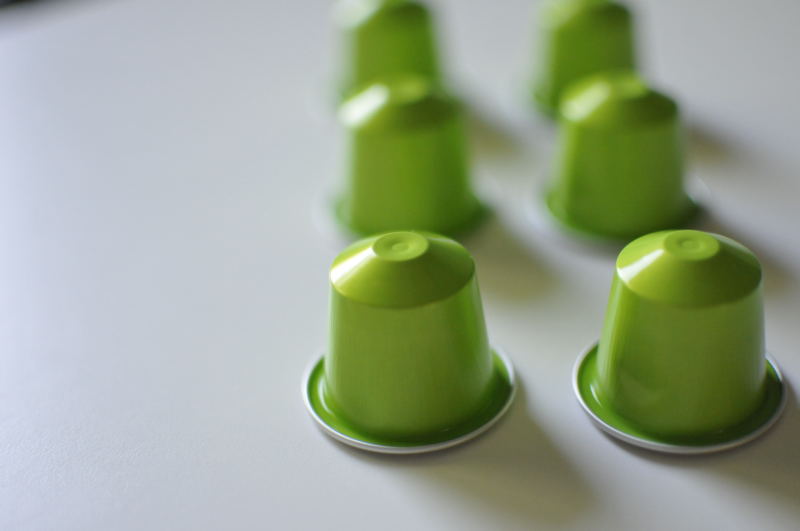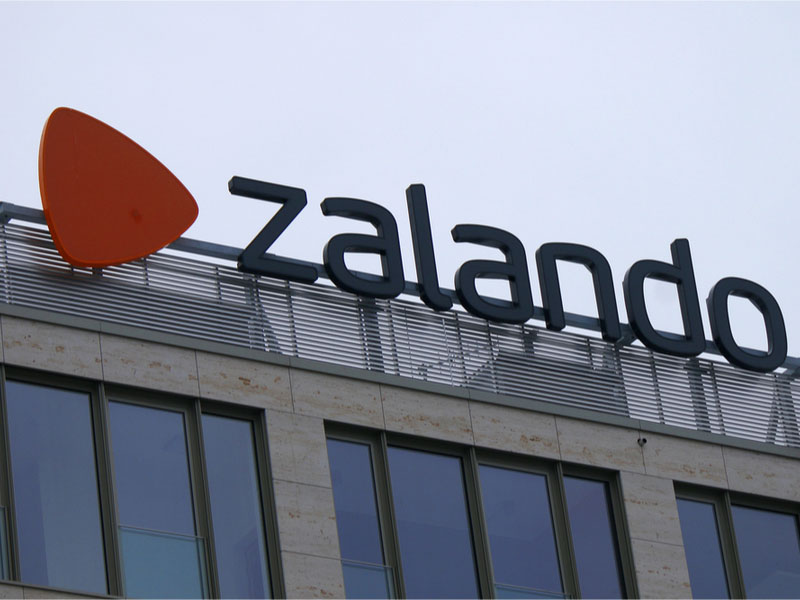Marketing Mix : product
Published on 23 October 2021'Marketing mix terminology',The first of the 7Ps of the marketing mix is, of course, the product. The term product does not mean a physical object. It can also be a service. To cover this first “P,” you will have to describe the characteristics of the product (design, packaging, functionality), its place in the range of other products, as well as the services that are attached to it (after-sales service, repair, recycling at the end of its life).
Below, we detail the different elements to be analyzed in the “Product” marketing mix framework. For each component, we have added concrete examples and explained them.
The “product” is part of the original 4P model invented by McCarthy (1961). For a general overview of the history and development of the marketing mix, please visit our guide.
The different facets of the Marketing Mix « Product »
- Product design
- Product assortment
- Branding
- Packaging
- Service & Support
- Warranty
- Returns
- Product Upgrade
- Recycling
Product design
Questions to ask: Is the product’s design remarkable? Is the product differentiated by its design? How does the design contribute to attracting customers and building loyalty?
Examples: Many companies have made design an essential component of their success: Apple, of course, Bang & Olufsen (audio and video equipment), Bodum (kitchen accessories),
Nowadays, design is a differentiating element found in the interior design of physical sales spaces and websites. To deepen this point, please visit the Marketing Mix sheet “Physical environment.”
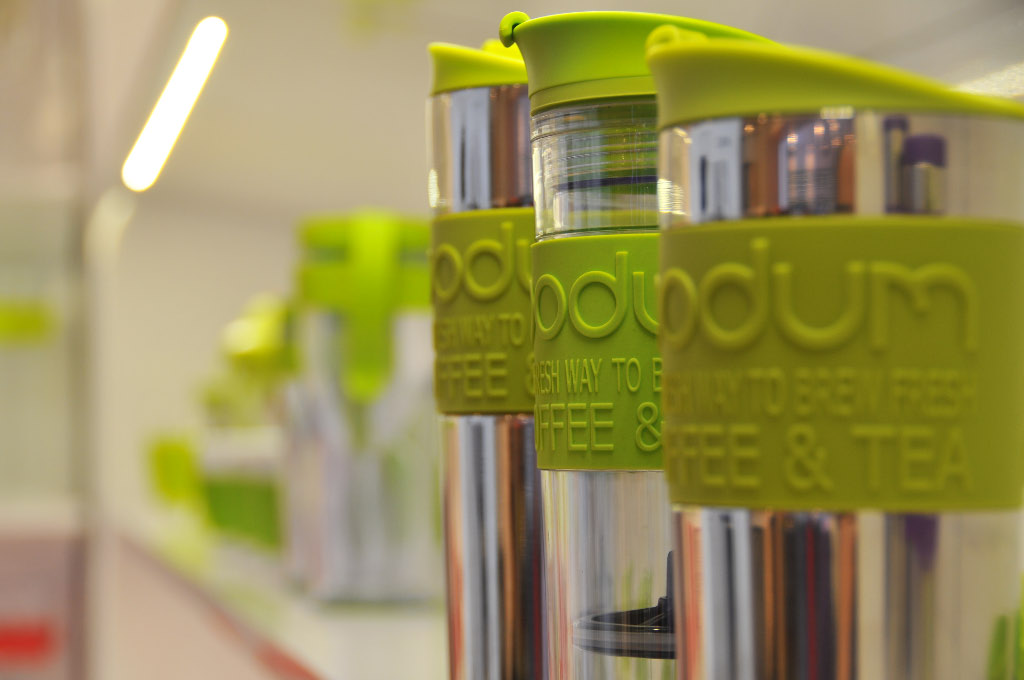
Product assortment
Questions to ask: Where does the product fit in the company’s product range? Is the product itself available in more variants? Is it a limited edition of an existing product?
Examples: The range of iPads comes in 3 models: mini, Air, Pro, and in different capacities. The range allows for covering different needs at different price levels. Some brands partner with personalities who co-sign a limited version of the product: Dolce & Gabbana pasta, Delvaux handbags.
Amazon’s physical stores are now focusing on “homegrown” products. In Amazon Fresh sales outlets, there are “365 Whole Foods” products and products sold under the “Amazon Fresh” brand itself. Therefore, Amazon’s expansion strategy at the border of the virtual and real worlds is reflected in the marketing mix and, in particular, the range of products available.
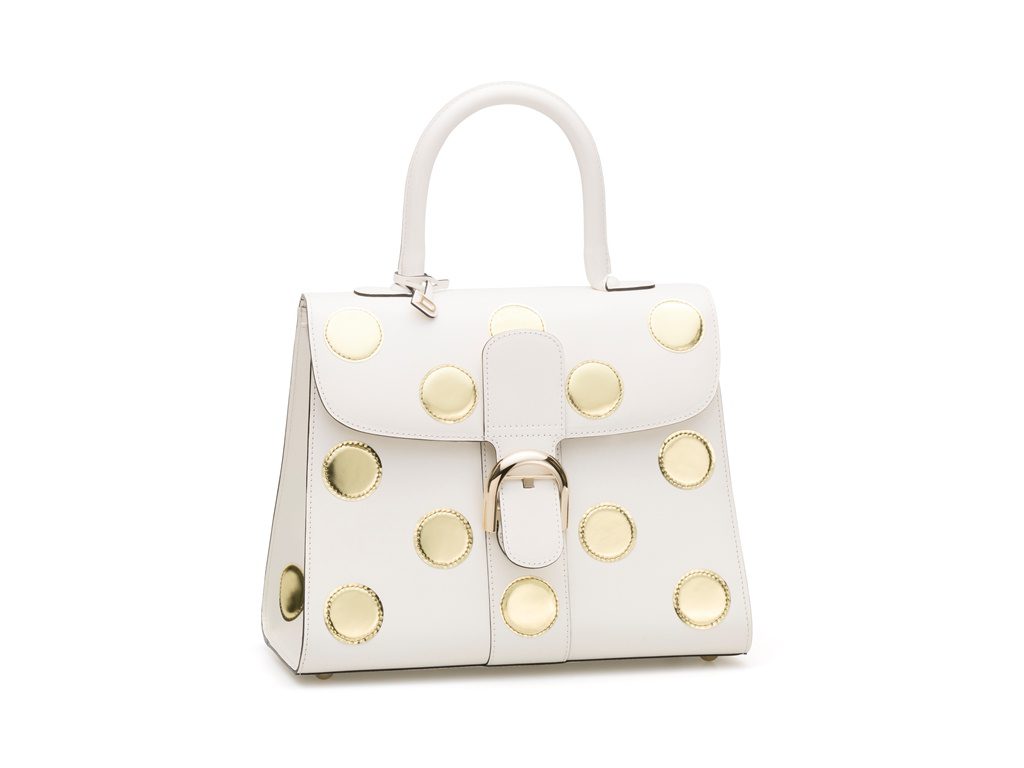
Branding
Questions to ask: What is the product’s image concerning the rest of the range and with the company’s positioning?
Examples: In some cases, the product is the company. Apple has long been identified with the iPhone (which represented up to 80% of its profits). Perugina, a Nestlé Group brand, is identified with its flagship product, the “Bacio Perugina.”
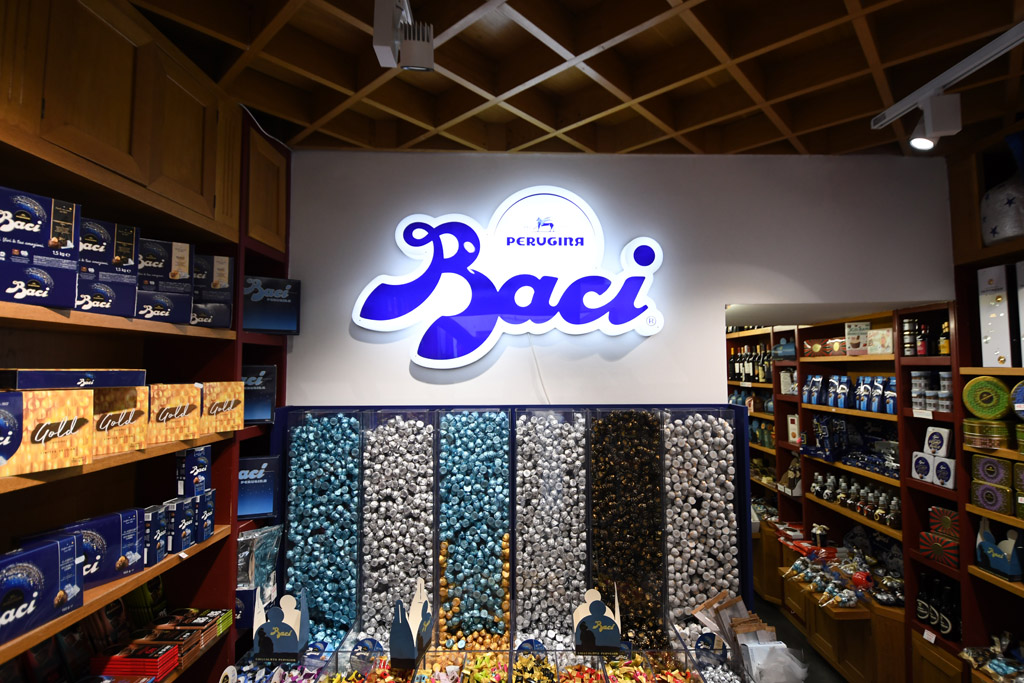
Packaging
Questions to ask: Is the packaging differentiating? Is it designed with a particular spirit that is reflected in its design?
Examples: Apple has from the beginning created packaging that matched the spirit of its iPhone. They followed the same design principles.
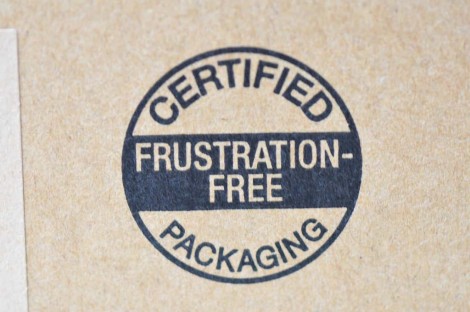
In doing so, Amazon has reinforced its image as a leader among consumers and has developed a standard that others are now adopting.
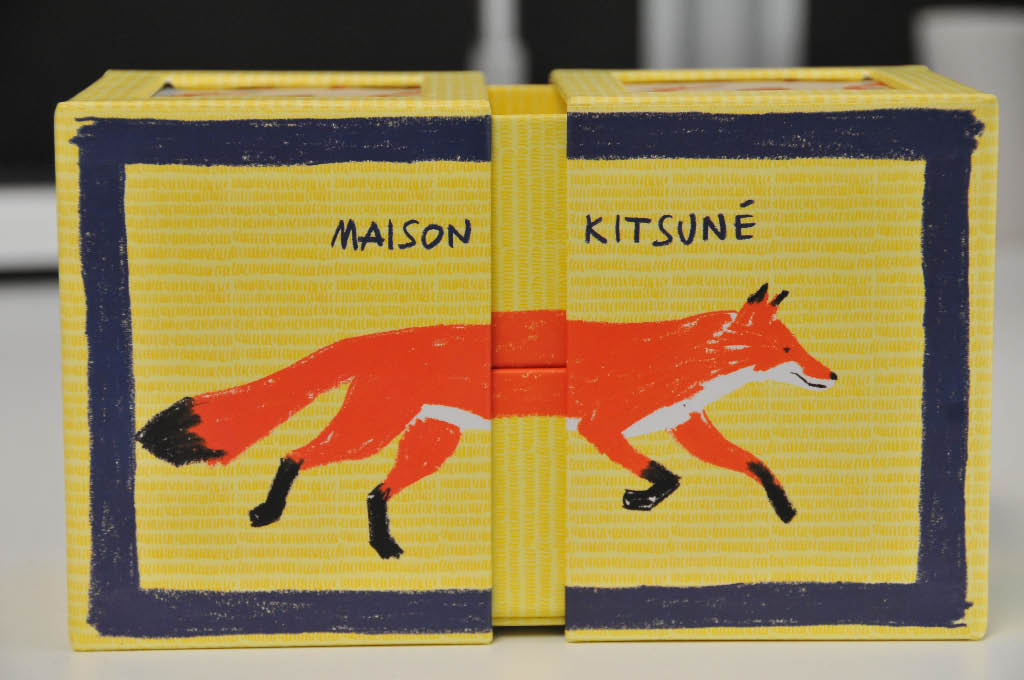
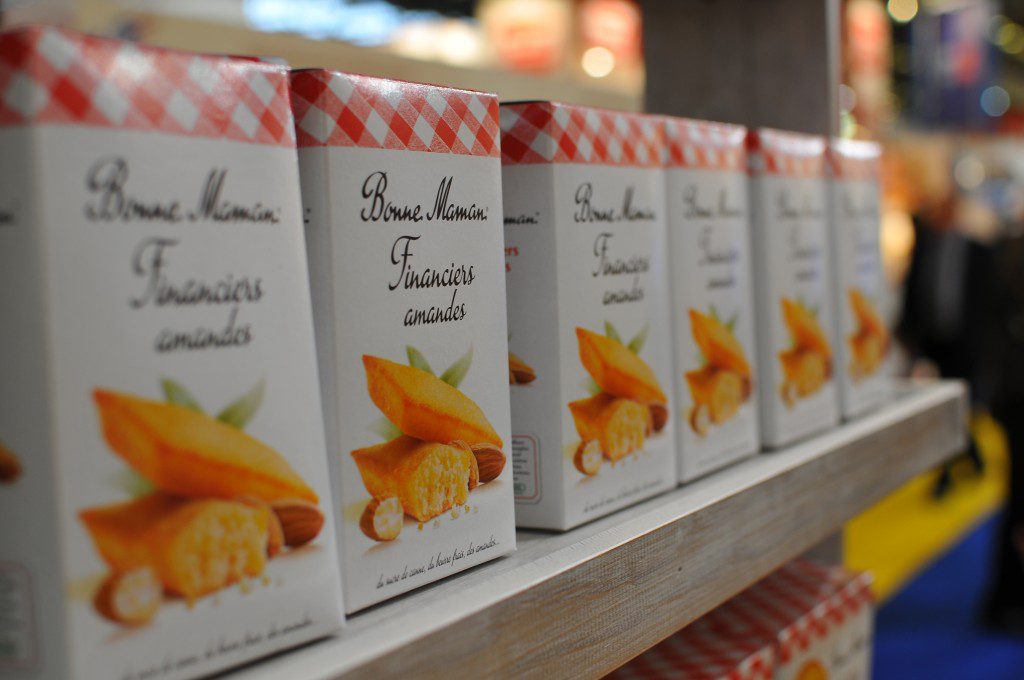

Services
Questions to ask: What services are proposed during or after the sale of the product?
Examples: Apple’s pre-sales service is remarkable thanks to the level of expertise of its salespeople (see also the “human aspects” part of the marketing mix).
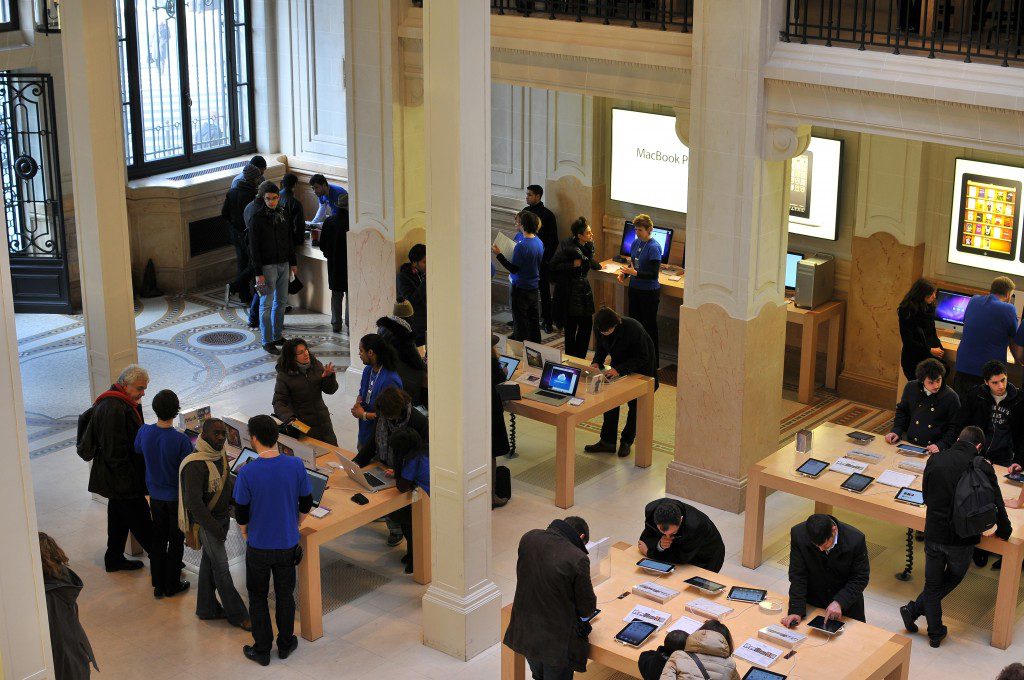
Guarantees
Questions to ask: What extra-legal guarantees does the company offer its customers?
Examples: Tediber offers a 100-night money-back guarantee on its mattress. Kia offers a 7-year warranty on its new cars.
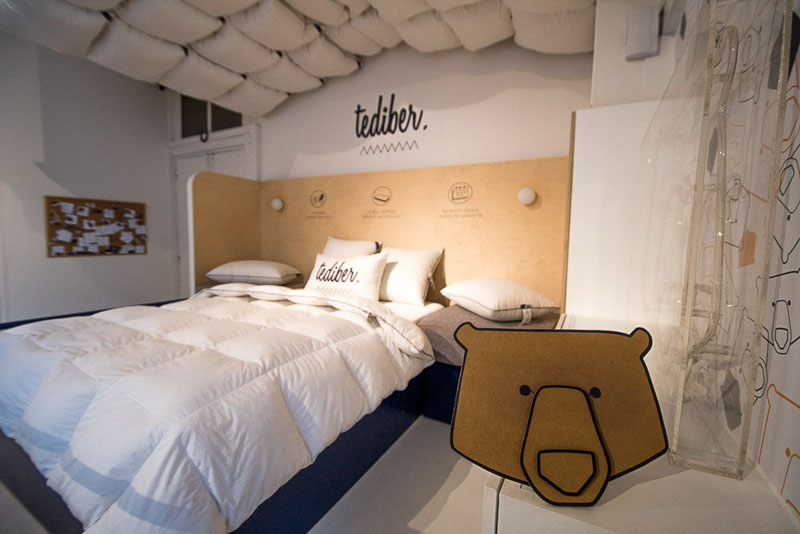
Returns
Questions to ask: how does the company simplify the return of its products if the customer is not satisfied?
Examples: Zalando offers free returns on unsuitable products. Free returns are a vital part of Zalando’s strategy to attract customers and get them to buy. Even if it has a high cost for the company, this free returns policy is therefore central to the marketing mix.
Product upgrades
Questions to ask: Does the company offer facilities to service the product and keep it up to date?
Examples: Porsche maintains an extensive inventory of spare parts, even for its oldest models. Thanks to this policy, nearly 70% of the Porsches produced since the birth of the brand are still running.
Recycling
Questions to ask: What does the company do to manage the end of life of its products?
Examples: Nespresso recovers used capsules when delivering new ones and recycle aluminum. Apple proposes to take back your old iPhone when you buy a new model.
Some companies are committed to the niche of reparability. The introduction of a repairability index has led to the emergence of brands like Fair Phone. Some companies have even launched themselves exclusively on the repair market. Murfy, for example, is developing a solid network for the repair of household appliances.
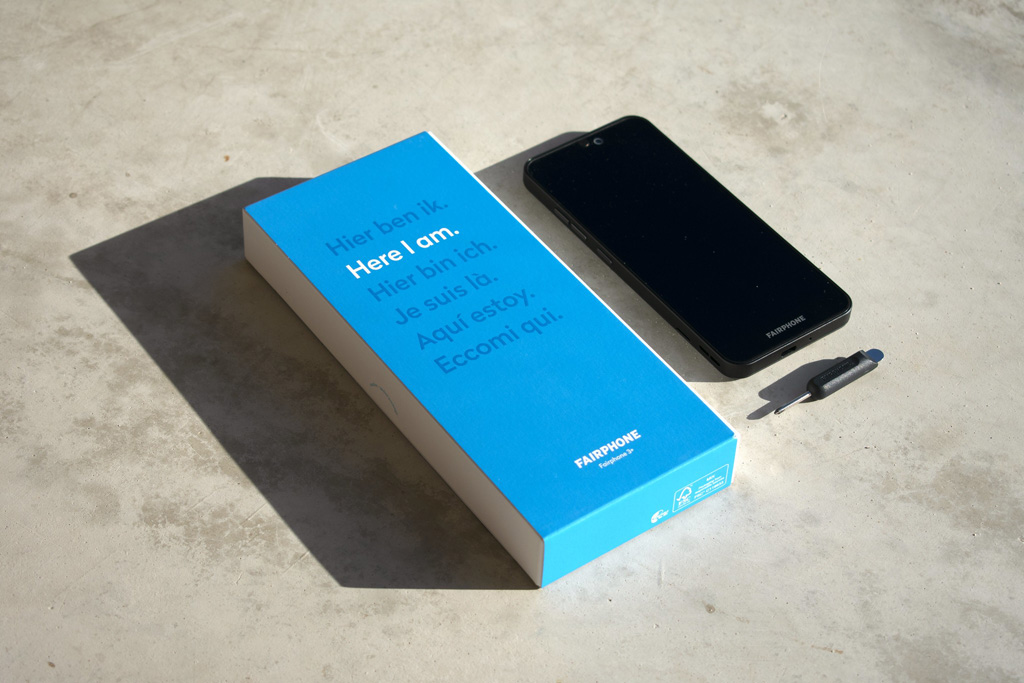
Credits: Fairphone via Flickr
